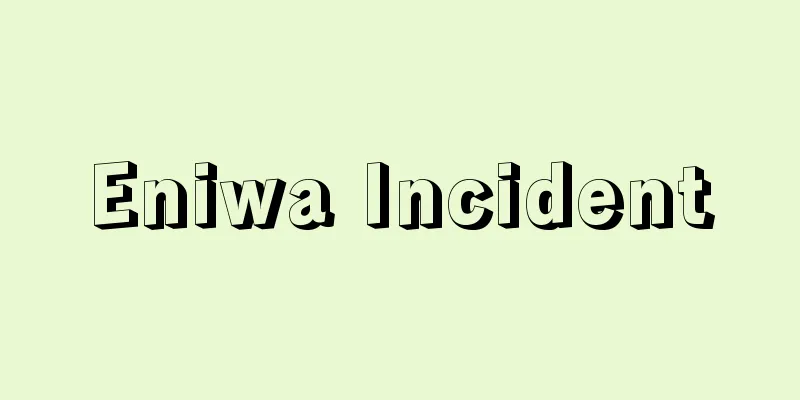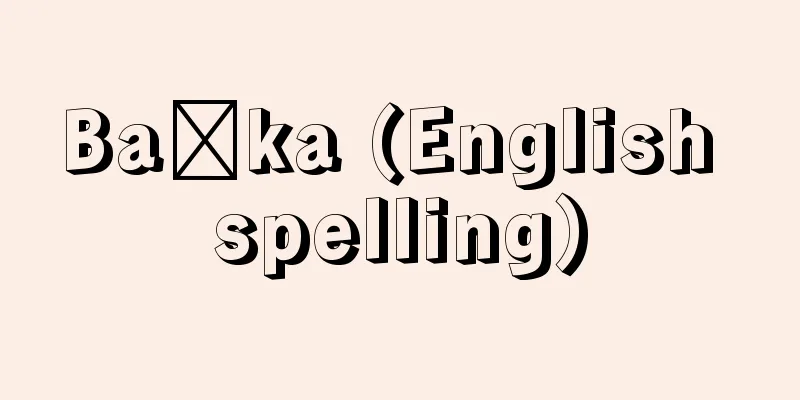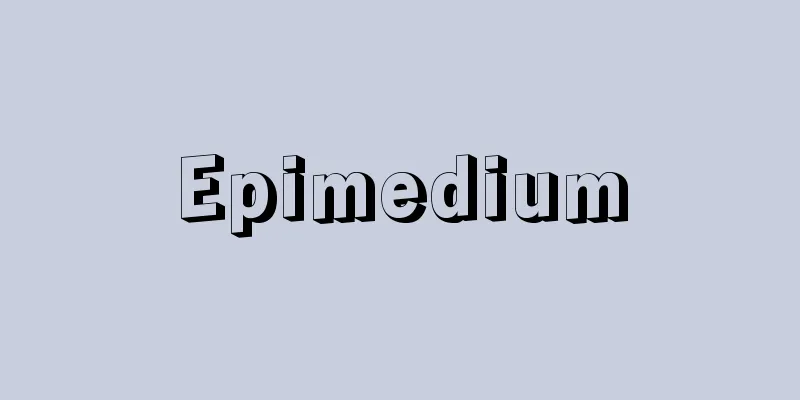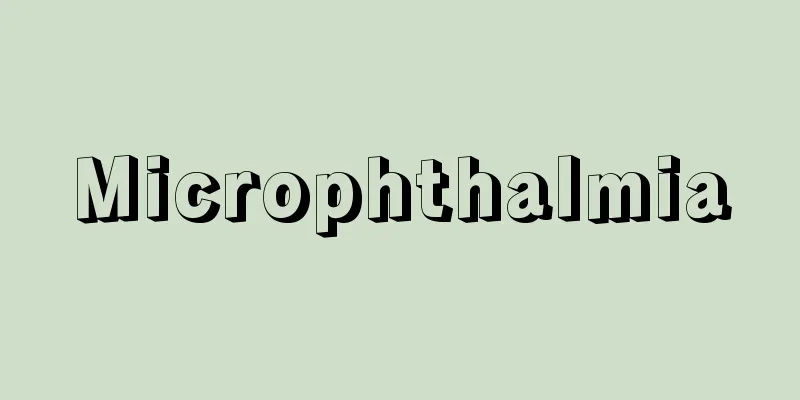Eniwa Incident

|
This was the first case in which the Self-Defense Forces Law was applied to civilians, and the constitutionality of the Self-Defense Forces (Law) was contested throughout the entire four-year litigation process. On December 11, 1962, the Nozaki brothers, ranchers, cut several communication lines used for training at the Shimamatsu Self-Defense Forces Training Ground in Eniwa Town (now Eniwa City) under the jurisdiction of the Ishikari Subprefecture (now Ishikari Development Bureau) of Hokkaido. Since 1955, jet aircraft target practice and live-fire artillery training near the training ground had been causing hearing loss and reduced milk production and fertility rates in livestock, and after repeated protests, the Nozaki brothers had resorted to this action as they had run out of options. The incident was initially investigated as an ordinary case of property damage, but in March 1963, the Sapporo District Public Prosecutors Office indicted them for violation of Article 121 of the Self-Defense Forces Law (damage to defense property), and it attracted attention as a trial questioning the unconstitutionality of the Self-Defense Forces. From then on, in the 40 trials leading up to the verdict, numerous constitutional scholars and a large legal team of 400 people argued that the SDF was unconstitutional, and a constitutional ruling from the district court was expected. However, the verdict in March 1967 did not touch on the constitutional case, and instead acquitted the defendants, stating that their actions did not meet the elements of Article 121 of the SDF Law. The verdict became final when the prosecution abandoned its appeal, but the newspapers described it as a "disappointment." [Shoji Arakawa] "The Eniwa Trial: The Case for the Peace Constitution, by Tadakazu Fukase (1967, Nippon Hyoronsha)" ▽ "The Eniwa Trial" (Special Issue of the Legal Times, 1967, Nippon Hyoronsha)" ▽ "Postwar Political Trial History, Vol. 3, edited by Tanaka Jiro et al. (1980, Daiichi Hoki Publishing)" Source: Shogakukan Encyclopedia Nipponica About Encyclopedia Nipponica Information | Legend |
|
自衛隊法が民間人に適用された初の事件であり、4年間の全訴訟過程において自衛隊(法)の合憲・違憲が争われた。1962年(昭和37)12月11日北海道石狩支庁(現石狩振興局)管内の恵庭町(現恵庭市)の自衛隊島松演習場内で、牧場経営者野崎兄弟が演習用通信線数か所を切断した。演習場付近ではすでに1955年以来ジェット機の射撃訓練、大砲実弾演習によって難聴や家畜の乳量・受胎率低下などの被害が続いており、野崎兄弟はたび重なる抗議のすえ、万策尽きてこの挙に出たものであった。事件は当初通常の器物損壊事件として捜査されたが、1963年3月札幌地検が自衛隊法第121条違反(防衛用器物損壊)として起訴するや、自衛隊の違憲性を問う裁判として注目を集めた。以降、判決まで40回にわたる公判で、多数の憲法学者と400人に及ぶ大弁護団が自衛隊違憲論を展開し、地裁の憲法判断が期待された。しかし1967年3月の判決は憲法判断に触れず、両被告の行為が自衛隊法第121条の構成要件に該当しないとして無罪を言い渡した。検察側の控訴放棄で判決は確定したが、新聞は「肩すかし判決」と評した。 [荒川章二] 『深瀬忠一著『恵庭裁判における平和憲法の弁証』(1967・日本評論社)』▽『「恵庭裁判」(『法律時報』臨時増刊・1967・日本評論社)』▽『田中二郎他編『戦後政治裁判史録 第3巻』(1980・第一法規出版)』 出典 小学館 日本大百科全書(ニッポニカ)日本大百科全書(ニッポニカ)について 情報 | 凡例 |
Recommend
light-sensitive seed
...After-ripening is the phenomenon in which dorm...
Urabe Kanekata
Years of birth: unknown. An official who served th...
Ridgway
American military officer. Born in Fort Monroe, Vi...
Etruscan Art - Etruscan Art
Etruscan art developed in Etruria, central Italy,...
Adachi Morinaga
Year of death: 26th April, 1200 (9th June, 1200) Y...
Usatsuhiko - Usatsuhiko
...The Engishiki Shinmeicho lists Hachiman Daibos...
Common snipe (Tachigi)
A bird of the family Scolopacidae (illustration). ...
Tamas
…The material principle is composed of three elem...
Unshu Collection Book
This is a catalogue of tools collected by Matsudai...
Ape - anthropoid
A general term for animals belonging to the famil...
Horned frog - Horned frog (English spelling)
A general term for frogs belonging to the genus Ce...
Hedychium
…A perennial herb of the ginger family with fragr...
Enamel paint
Also simply called enamel. Varnish is mixed with p...
Japanese pepper - Japanese pepper
A perennial plant of the Urticaceae family that gr...
Tenjinmae ruins - Tenjinmae ruins
The remains of a reburial tomb from the middle Yay...









